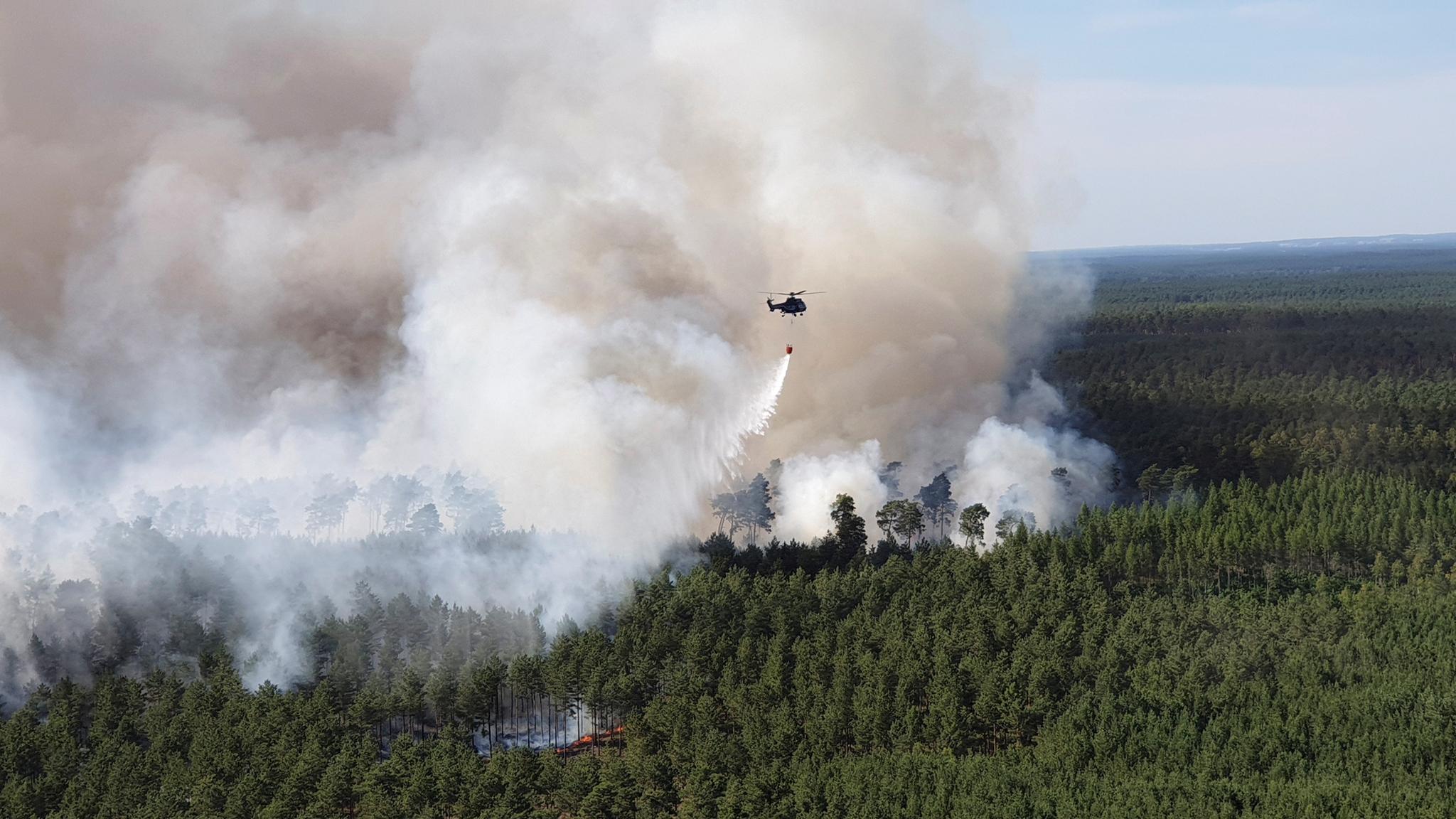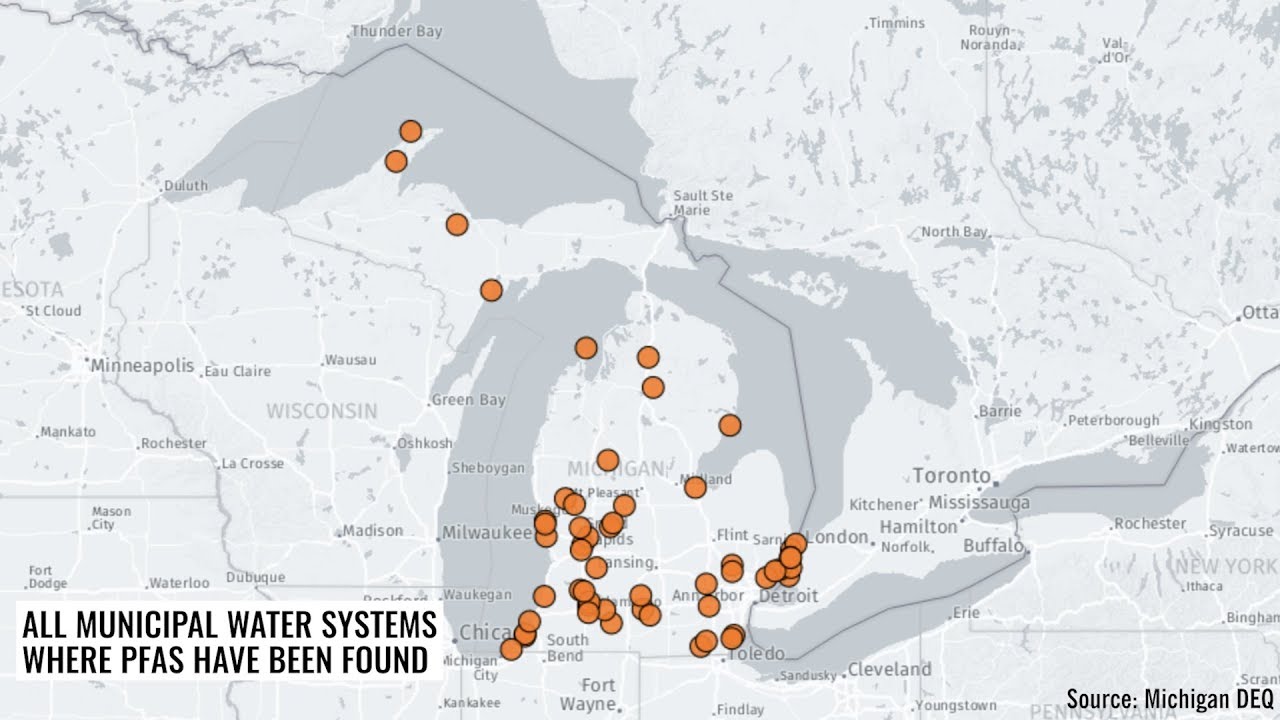Experts say climate change contributed to record-breaking temperatures across Europe
Last month was the hottest June ever recorded, the EU‘s satellite agency has announced.
Data provided by the Copernicus Climate Change Service (C3S), implemented by the European Centre for Medium-Range Weather Forecasts on behalf of the EU, showed that the global average temperature for June 2019 was the highest on record for the month.
The data showed European average temperatures were more than 2C above normal and temperatures were 6-10C above normal over most of France, Germany and northern Spain during the final days of the month, according to C3S.

A German Police helicopter pours water over a forest fire near Lieberoser Heide in Germany on 25 June. Reuters
The global average temperature was about 0.1C higher than during the previous warmest June in 2016.
Experts have said climate change made last week’s record-breaking European heatwave at least five times as likely to happen, according to recent analysis.
Continue reading at: June was the hottest ever recorded on Earth
Last month was the hottest June ever recorded, the EU‘s satellite agency has announced.
Data provided by the Copernicus Climate Change Service (C3S), implemented by the European Centre for Medium-Range Weather Forecasts on behalf of the EU, showed that the global average temperature for June 2019 was the highest on record for the month.
The data showed European average temperatures were more than 2C above normal and temperatures were 6-10C above normal over most of France, Germany and northern Spain during the final days of the month, according to C3S.

A German Police helicopter pours water over a forest fire near Lieberoser Heide in Germany on 25 June. Reuters
The global average temperature was about 0.1C higher than during the previous warmest June in 2016.
Experts have said climate change made last week’s record-breaking European heatwave at least five times as likely to happen, according to recent analysis.
Continue reading at: June was the hottest ever recorded on Earth






